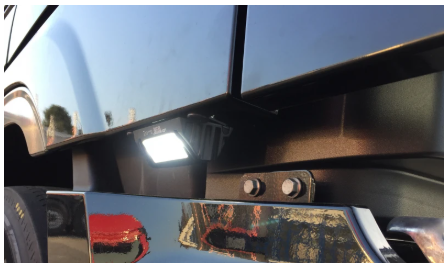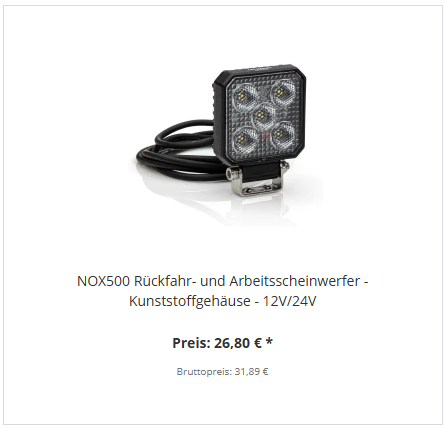Maneuvering lights
Maneuvering lights on trucks – are they allowed?
Maneuvering lights and work lights – the difference
To keep the differences brief and practical: A work light may not be used in public traffic areas while maneuvering, as the vehicle is not stationary during such operations, and work lights are only permitted when the vehicle is at a standstill.
Outside of public traffic areas, work lights may generally be used for maneuvering. However, due to the risk of glare and potential liability issues—as the expected glare could under certain circumstances be considered negligent—it is advisable to use maneuvering lights that are mounted in compliance with StVZO regulations.
The only exceptions are road maintenance and waste collection vehicles, provided the maneuvering is carried out as part of their work operations. Maneuvering outside of these work activities is not permitted with work lights, even for such vehicles.
Why are maneuvering lights allowed on trucks?
How many maneuvering lights are allowed on a truck?
How bright can maneuvering lights on trucks be?
Mounting Location and Installation Requirements
In general, the legislator is relatively flexible when it comes to the installation of additional reversing lights, even when mounted on the sides: The only requirement regarding the mounting location is that only one additional reversing light per side may be installed in addition to the rear-mounted ones. However, the exact position of the maneuvering light on the side is completely unrestricted.
The illuminated area itself is also largely freely selectable, provided the following condition is met. The only specific requirement regarding installation is that the light must be aligned so that a viewer standing 10 meters away is not dazzled, assuming their eyes are between one and three meters above the ground. To this end, the regulation states that the light-emitting surfaces must not be visible from these positions.





